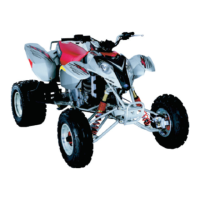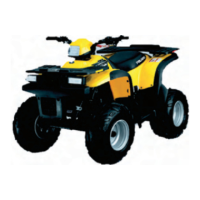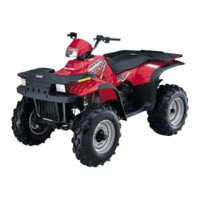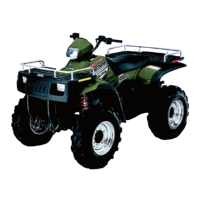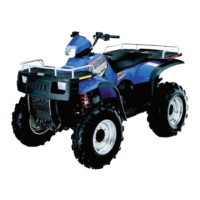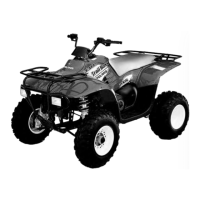CLUTCHING
4.34
Assembly, Cont.
Helix Angles and Effects
The driven clutch helix was selected for overall performance in relation to the other driven system components. In
fine tuning situations requiring a slight adjustment of engine operating RPM or improved backshift, we
recommend trying a helix change before changing other components.
Helix Ramps*
The helix spring should always be adjusted within its limits before a helix change is performed. The normal rate of
change between helix angle steps is 250 RPM under full throttle. This is approximately the same result as in going
from the No. 1 to No. 4 spring position (P-85).
NOTE: Increasing spring tension increases engine RPM. RPM changes may not be evident if other drive or
driven clutch components are substandard.
*NOTE: All R-Series, Mod(M), T1, and 40-36 helix ramps are cut 0.060s deeper in the snap ring pocket. These
are made so the driven clutch can open far enough for full shift out with wide 17/16s belts.If these helix ramps are
used with narrow belts, 2 (two) additional (for a total of three) .030s /.8 mm washers (PN 7556804) should be
installed under the snap ring to prevent the belt from touching the inner hub at full shift which can cause belt
failure.Wide belt models use only the existing washer under the snap ring.
5. Hold fixed sheave and turn movable sheave 1/4 turn
counterclockwise.
6. Force helix down into place, exposing snap ring
groove.
Enfocus Software - Customer Support
